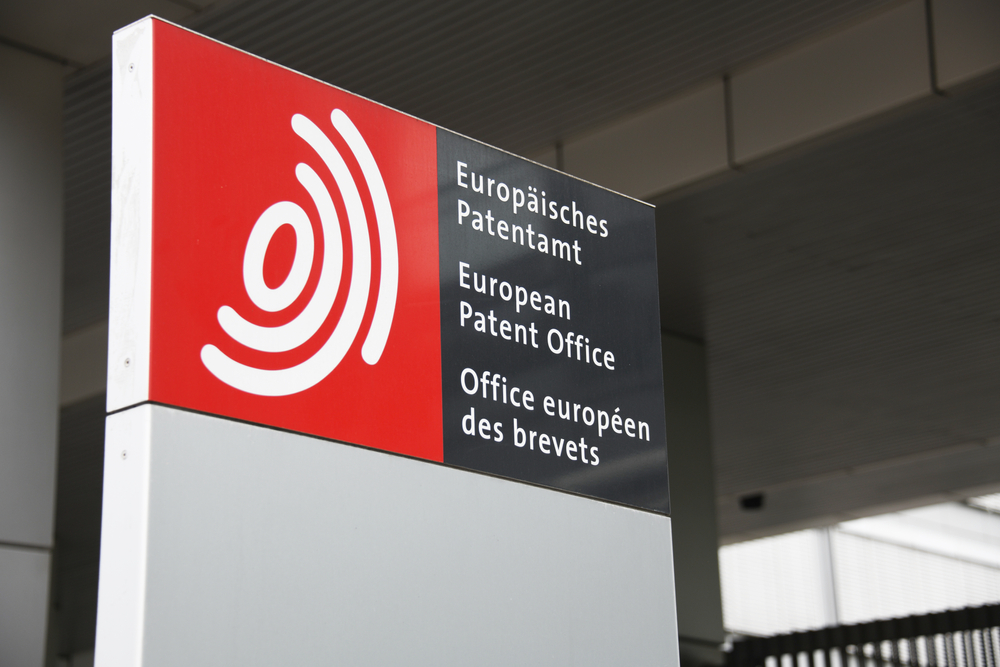How can medical device patent application translations help companies maintain a competitive edge in global markets? While medical device patents help prevent other companies from importing, replicating, or using your device domestically, they need to be validated in new markets when moving across borders. During the filing phase of the international patent system, applicants targeting overseas markets must ensure their application documents are in compliance with the language requirements outlined by the reviewing patent office or International Search Authority (ISA). With strict language requirements and high volumes of technical documents needed to patent new medical devices, high quality and error free medical device patent application translations are essential for expediting submission times and ensuring your application aligns with global Patent Cooperation Treaty (PCT) regulations.
Patent Application Translations: What Are the Requirements and How to Comply
Under the PCT, any company or institution filing a patent application for a medical device will choose the receiving patent office to review their application and must ensure all documents are in the language required by that patent office. Next, and before the application can be approved, an ISA needs to review the application, which is a crucial step given that ISAs have their own set of language requirements. Specifically, the global distribution of ISAs has strict requirements for ten languages:
- Arabic
- Chinese
- English
- French
- German
- Japanese
- Korean
- Portuguese
- Russian
- Spanish
Applicants who submit their application to the initial receiving office in one of these languages are not required to retranslate any documents. Conversely, applicants seeking to reach markets that do not speak these languages will need to first file their application into a language deemed acceptable by the receiving office before providing subsequent translations of the application and documents to the ISA. With different standards for languages, translations of patent applications are often a necessary and essential tool for ensuring a more efficient and cost-effective patent approval process.
The Benefits and Challenges of High-Quality Patent Application Translations
Translating patent applications for medical devices typically requires the skillsets and experience of a language service provider (LSP) that not only offers extensive language coverage but also provides technical patent translation services. Within a patent application, technical documents pertaining to device schematics and details, legal documents, and medical data are required, which further necessitates a highly skilled translator and subject matter expert to create an error free translation. For patent application translations, challenges of accuracy, project turnaround times, and offering the correct language coverage can become hurdles for a swift approval process. A reliable LSP can not only help you navigate through the PCT approval procedures, but also enable your business to reach markets your competitors have not. Moreover, translations for medical device patents can help companies gain a foothold in these new markets and ultimately ensure the best ROI.
For companies needing accurate and cost-effective medical device patent application translations, CSOFT Health Sciences has expertise in medical device translations and technical patent translations to provide high quality localized patent applications with quick turnaround times. Visit lifesciences.csoftintl.com to learn about our medical device patent application translations.
